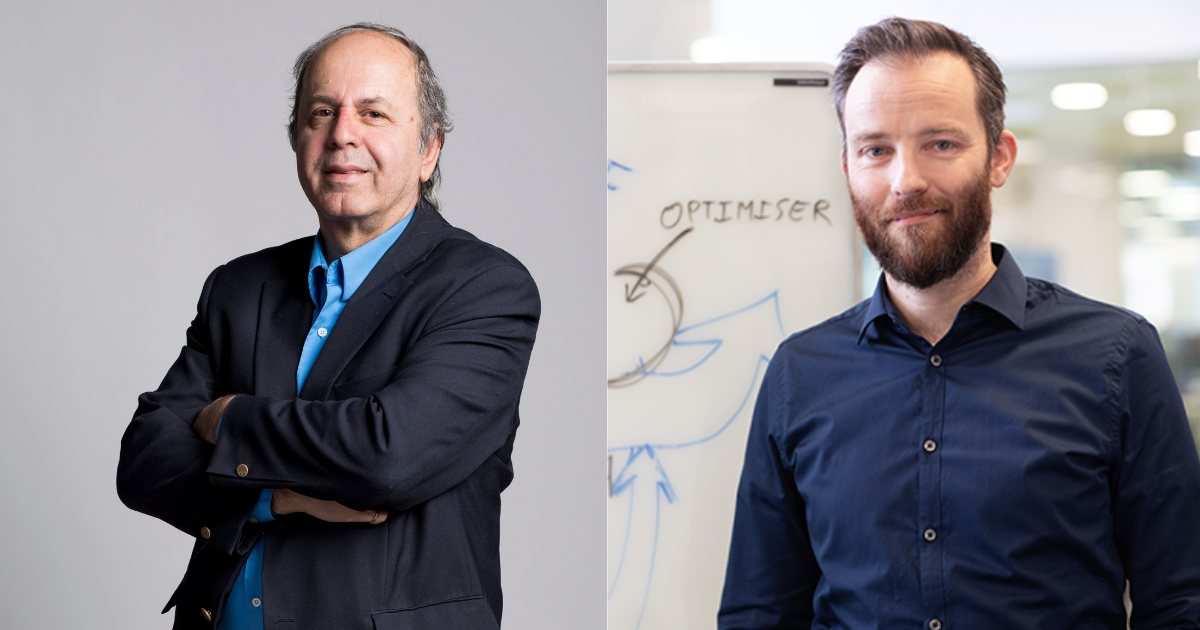
Propellers are an essential component of rotating machines and turbojet engines. They are used to convert fluid energy into mechanical energy, and vice versa. They are found in the transport sector as a means of propulsion, but also in the fields of energy, ventilation (heating and air conditioning) and many industrial fluid transport processes. The efficiency of these machines depends on the flow generated, which is determined by blade geometry, layout and installation. Marlène Sanjosé, a professor in the Aerospace Engineering Department at ÉTS, is focusing her research on optimizing this flow to increase efficiency and reduce noise emissions.
Improving Efficiency Through a Better Understanding of Flow
Although propeller applications are diverse, the same physical phenomena come into play. Numerical simulations are used to pinpoint where energy is dissipated instead of transferred, and to isolate the phenomena that contribute to losses. Computational fluid dynamics, known as CFD, allows mapping the 3D velocity and pressure fields on a grid to identify flow patterns and areas of inefficiency. Losses are caused by inhomogeneities and turbulence.
Reducing Propeller Noise
Simulations can also help to better understand the noise generated by propellers. The intensity and frequencies produced by a propeller depend on the operating point of the machines and their installation, which impact the flow.
Indeed, noise from a rotating machine is caused by inhomogeneities within the flow—vortices colliding with each other (mixing noise) or vortices colliding with surfaces (interaction noise—especially if these surfaces are thin, which is the case for the propeller blades. Simulations can be used to improve the flow quality the flow by redesigning the installation or working on the shape of the blades.

Making Simulations Accessible to Industry
Direct noise reducing simulations are very costly in terms of computing resources. This is because numerical grids covering several metres must include micrometric information on the blades. These grids can contain up to a hundred million elements of information. Solving the physical equations requires several million iterations to complete sequences of a few hundred milliseconds. Therefore, the colossal resources required for this type of simulation confine them to the research community, albeit supported by the Digital Research Alliance of Canada, which makes state-of-the-art computing servers available to researchers.
Marlène Sanjosé and her research group are working on the development of other approaches, better adapted to the realities of industry. These hybrid approaches are based on the development of fast models using high-fidelity simulation results to resolve noise sources and aerodynamic responses. They greatly reduce the complexity of calculations, and hence the resources required to perform them.
A Research Central to Many Sectors
Propellers and rotating machines are used in many critical sectors, such as energy, mobility, transport and ventilation in closed environments. Thus, the mechanical sustainability and environmental cost of such equipment, as well as its social acceptability, rest on improving efficiency and reducing noise pollution.



